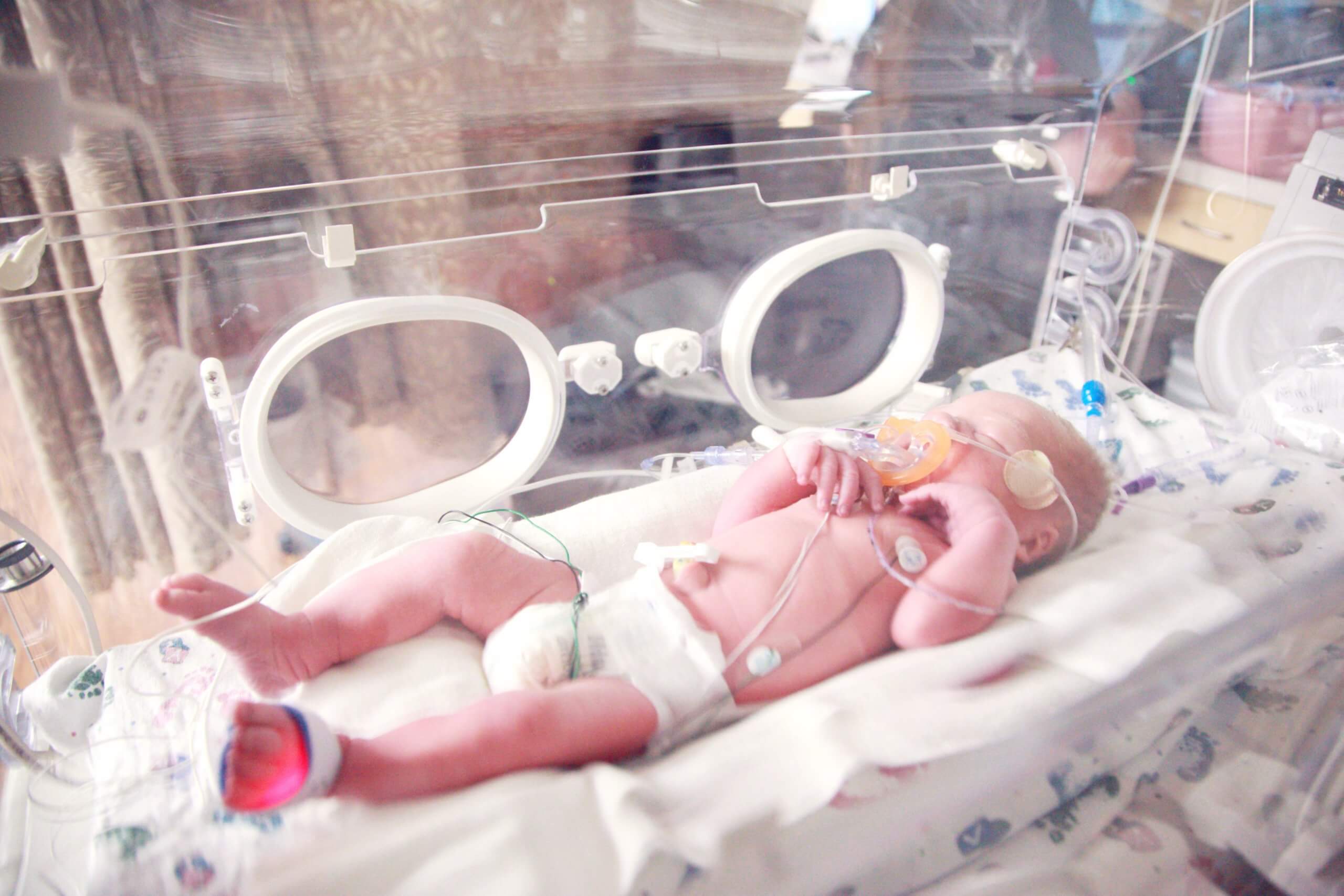In the gut microbiome, bacteria get all the attention. But inside the diverse ecosystem, there are tons of viruses naked to the human eye living in the gut. New research suggests understanding the gut virome is just as important. A team from Arizona State University reveals a link between viral changes in the gut and the development of a fatal disease known as necrotizing enterocolitis in preterm infants.
Preterm birth happens in 1 of every 10 infants born in the United States. While preterm birth is any infant born before 37 weeks of pregnancy, babies born before 32 weeks are at a higher risk of death and disability.
Another risk is necrotizing enterocolitis which happens in 1 in every 1,000 premature babies. The disease is often sudden and involves severe inflammation of intestinal tissue until it dies. The disease kills 22 to 38 percent of infants. For those who survive, there is an elevated risk for lifelong neurodevelopmental problems and short bowel syndrome.
The changes in the pattern of gut viruses could serve as an early signal that an infant is at risk of developing necrotizing enterocolitis. “For many years now, there’s been some inkling that the microbiome is implicated in this rapidly developing disease,” says Efrem Lim, a researcher in the Biodesign Center for Fundamental and Applied Microbiomics and principal investigator of the study, in a statement. “Studies have shown that changes in the microbiome of the gut in these preterm infants seem to predict the progression to NEC disease.”
The team collected 138 stool samples from 23 preterm infants in the first 11 weeks of life. Nine of the infants who developed necrotizing enterocolitis and 14 who did not experience the disease were matched as a control group for their weight and gestational age.
Using a sequencing technique called metagenomics to study genes from various environments, the team found infants with necrotizing enterocolitis had a convergence of viral and bacterial signatures in the gut virome. Additionally, they observed a lower diversity in the viral composition in the gut 10 days before the onset of necrotizing enterocolitis.
The study is published in the journal Nature Microbiology.
